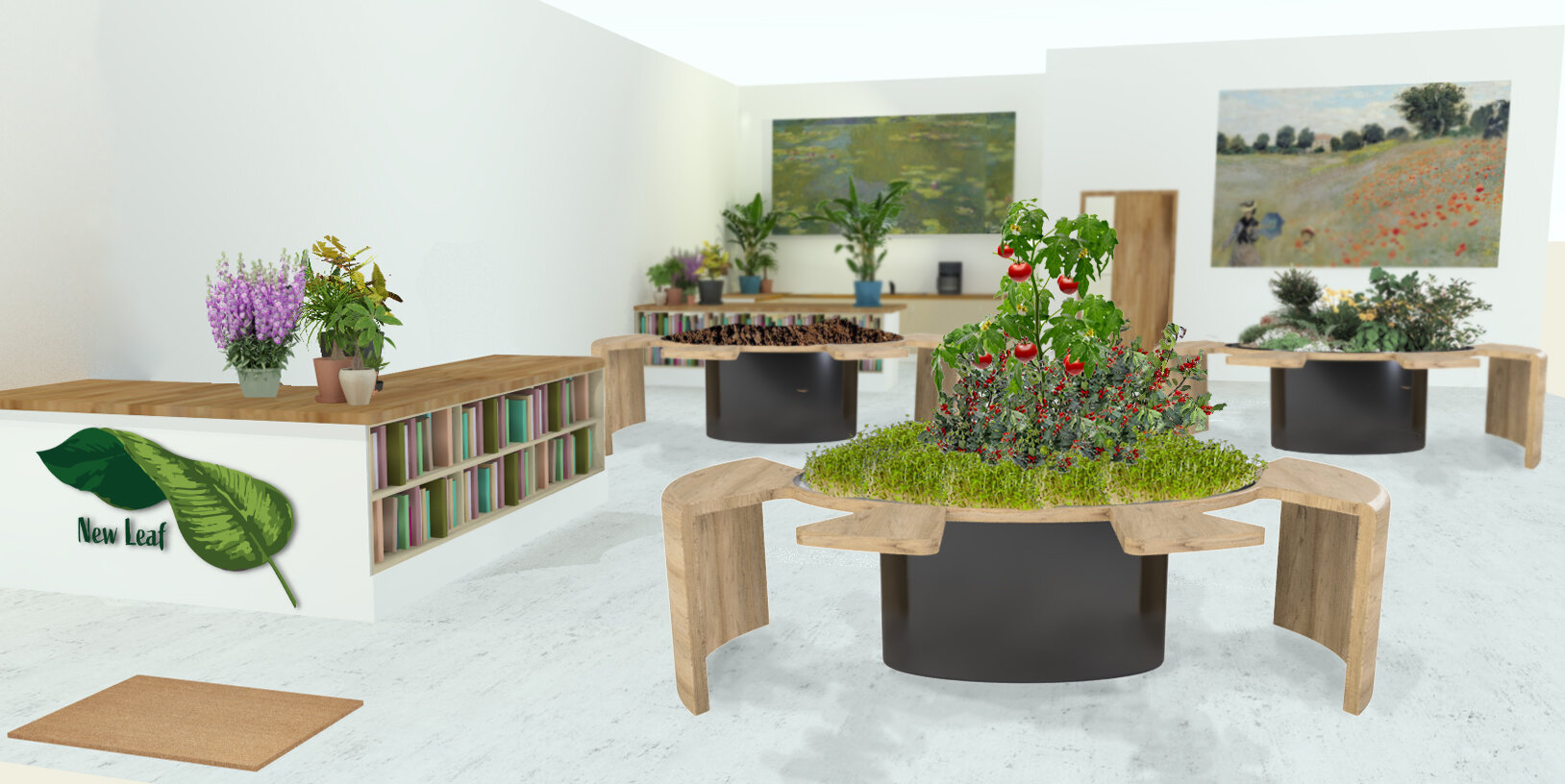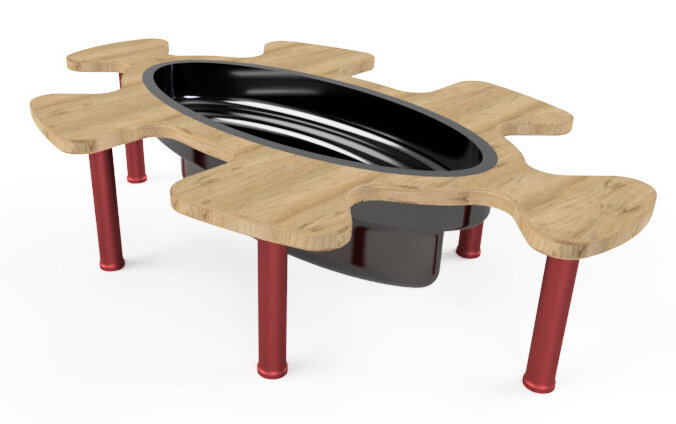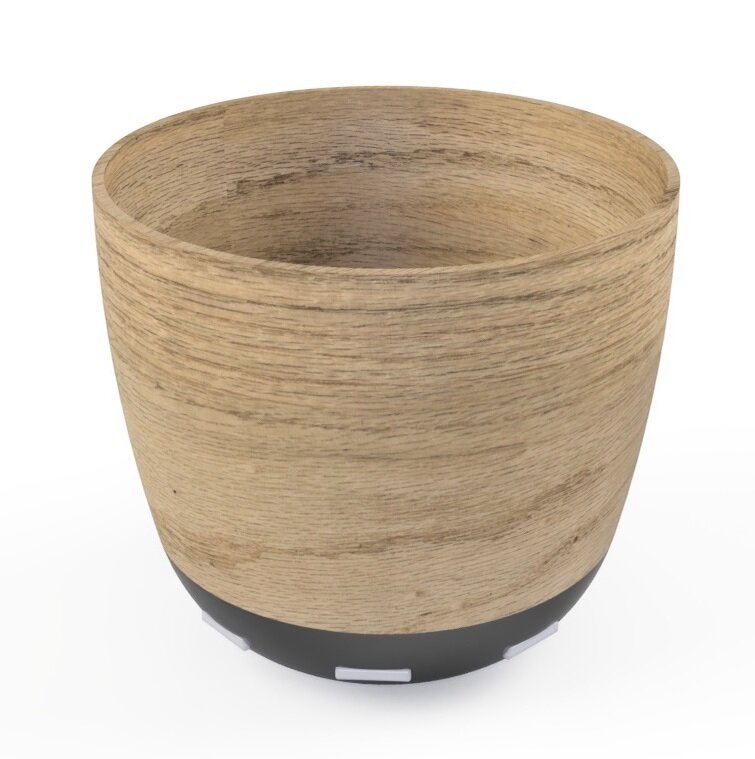The first project of my masters programme served as an introduction on how to design human centered user experiences from a product design engineering viewpoint. Working in a team of eight, the project aimed to help us explore the process of identifying, proposing and developing new product concepts from a blank-sheet-of-paper, to a feasible design proposition. We were to explore the range of experiences expressed through people-people interactions, people-product interactions; and the gestures people use as they interact with and negotiate their way through the world around us. The discussions surrounding this project started off in the form of analyzing “gestures.” During brainstorming sessions, my team and I looked into indirect gestures, and ended up looking at loneliness; the gesture being the unintentional emotions or appearance an individual expresses when feeling lonely.
My Design Process Journal, which describes the project in greater detail, and details my experience and decision making throughout the project may be viewed here. A video prototype demonstrating the idea was made and can be viewed here.
A brief glimpse into the long and seemingly endless brainstorm sessions, trying to think of ways to evaluate “gestures” through a design problem
Most members of the group including myself were from an engineering background. Approaching this project without a straightforward engineering approach was a difficult task for us, but ultimately very rewarding as the term progressed.
When brainstorming ideas to address loneliness for individuals living alone, we thought about a whole product range for a user. The idea was that each product would gently remind the user that they aren’t alone, and encourages participation in some kind of stimulating activity, either inside the home or outdoors. After feedback from tutors and classmates, we took a step back from this product line, to focus on a single item.
I created the above model in MagicaVoxel.
To get a better idea of a day in the life an elderly individual, we visited The Senior Centre, a community centre for seniors living independently. We talked with the members about what they liked best about the community, and how we could integrate it with our project.
From our initial brainstorming sessions, the two ideas that resonated with us the most was the idea of some kind of social event / engagement activity for seniors, and a plant pot that encouraged the user to take care of it.
We brainstormed a little more, and tried putting both of these ideas together: a gardening table that brought seniors together, encouraged teamwork, and provided the opportunity to create something.
We presented our solution in the form of a garden centre where users can meet others interested in growing a garden, but any community centre, hospital or nursing home etc can integrate it into their environment.
A take home component, a pot that lights up to notify the user either that their friends are at the community centre, or that an event is happening, gently reminds the user about their commitment and encourages them to keep socializing.
















